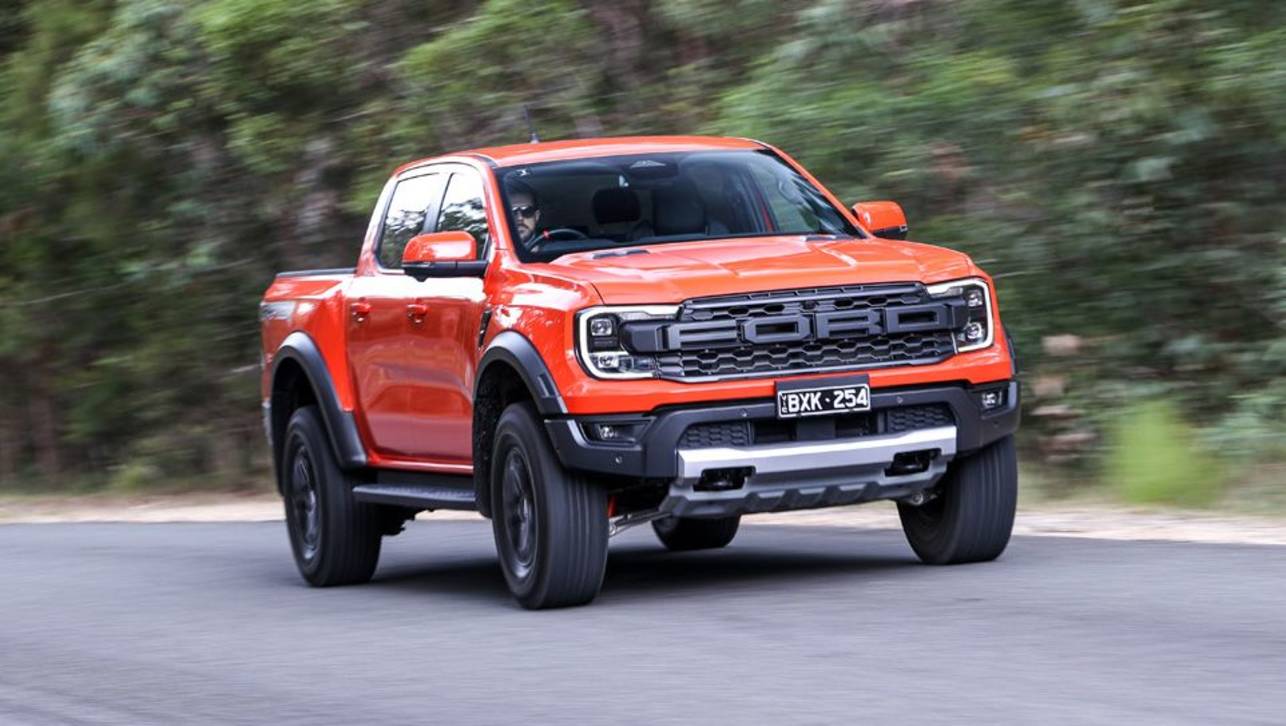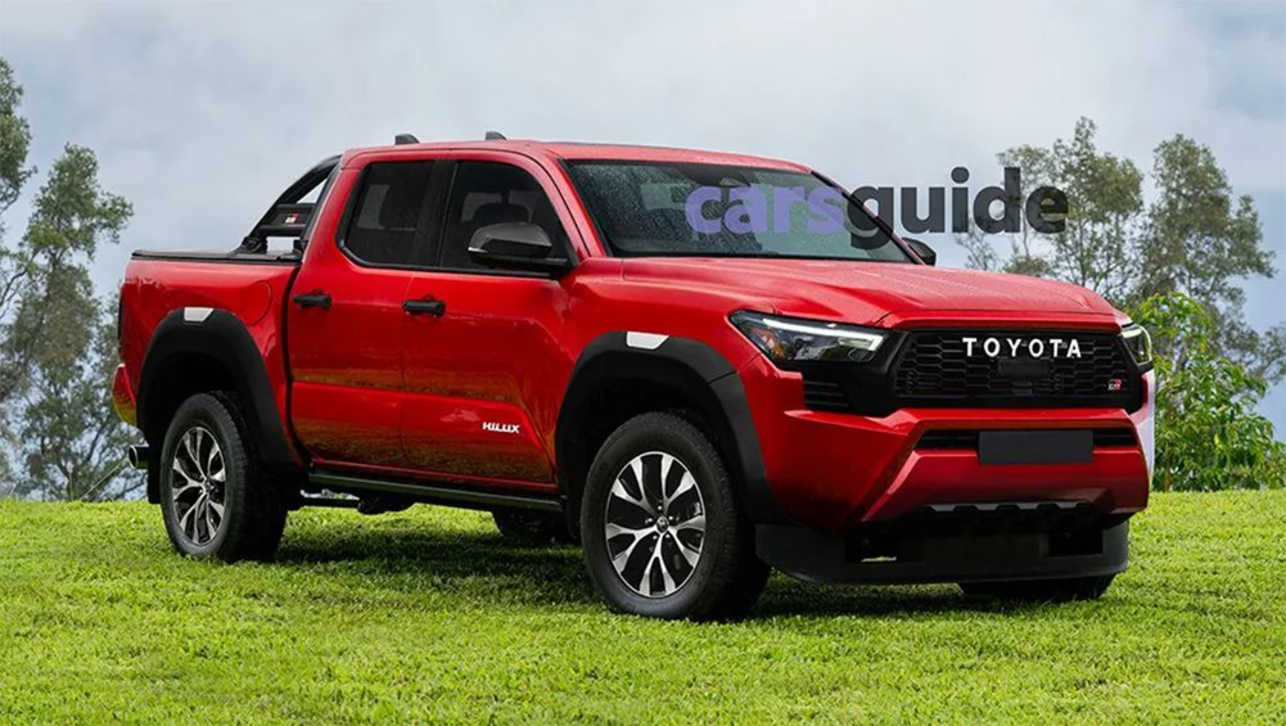The market is the ultimate judge, and its verdict on the Toyota LandCruiser is clear. Go to carsguide or any other classifieds website and you'll find that 20-year-old LandCruisers are still commanding prices of up to $8000, while many vehicles from the same era are throwaways, worth twice as much if their petrol tanks are full.
An old LandCruiser is reckoned to be good for one last trip round Australia when its contemporaries are only good for a one-way journey to the scrapyard.
Toughness is the core of the LandCruiser legend. Documented examples of the type's durability include one which was blown up for a Hollywood movie stunt, landed on all four wheels, and was able to be started and driven away.
In New Zealand two thieves drove a LandCruiser over a cliff, leaping out at the last minute. To their amazement it landed at the bottom of the 60m drop with the engine still running. With the police in pursuit, the villains scrambled down, pushed the vehicle upright and drove off.
And a Swiss couple, Emil and Liliana Schmid, have covered 617,359km in their 60 Series LandCruiser since October 1984, crossing 156 countries and territories in the process.
A new chapter in the LandCruiser story is being opened at the Australian International Motor Show, where the new 200 Series LandCruiser wagon makes its world debut - not at Frankfurt last month, not at the Tokyo Motor Show in two weeks - here in Sydney.
The launch is recognition that while it may be made in Aichi prefecture, Japan, the Toyota LandCruiser is an honorary Australian vehicle. Australia is the second-largest market for the vehicle after the Middle East and they are found all over the continent from Cape York to Coober Pedy and since the 80 series of 1990 have had considerable Australian design input and testing in the crucible of the outback.
The 200 Series joined this tradition with more than two years of secret outback testing.
It also incorporates new Australian-developed technology in its Kinetic Dynamic Suspension System. This hydraulic system, developed by Kinetic in Dunsborough, Western Australia decouples the vehicle's suspension rollbars in off-road conditions to allow extreme wheel articulation. Articulation means keeping the wheels on the ground, even over extreme terrain, and by allowing that, the Kinetic suspension keeps the 200 Series LandCruiser going in the most difficult off road conditions. Back on the road it recouples the rollbars making the suspension tighter, for more assured cornering with less body roll.
The other significant change in the 200 Series is the adoption of coil springs, rather than torsion bars for the front suspension. But at the back the five-link coil-sprung rear axle remains, redesigned for the new ladder frame chassis but unaltered in principle, it has proved itself.
Engines are a mix of the thoroughly overhauled and brand new. The 4.7-litre petrol V8 gains Toyota's VVT-I variable valve timing and comes joined to a five-speed automatic transmission. There is no longer a manual transmission in the 200 Series. The 4.5-litre V8 diesel is a twin-turbo version of the engine that made its debut on the industrial-strength 70 Series LandCruiser.
A strong new six-speed auto has probably allowed Toyota's engineers to turn up the wick on the diesel for even more torque than in the 70 Series. At the same time fuel consumption is reduced, Toyota says.
The LandCruiser's full-time four-wheel drive system continues with a newly developed heavy duty version of the venerable Torsen limited slip centre differential.
The Torsen, short for torque sensing differential, is an elegant all-mechanical device. During normal cruising, it distributes drive power 40/60 front/rear, but seamlessly and without the need for sensors or electronic control it can also instantaneously select a 50/50 or 30/70 torque split to match road - or off-road - conditions.
As Audi Quattro drivers know, the Torsen delivers outstanding vehicle stability as well as smooth starting, acceleration and cornering on all road surfaces. Its simplicity and inherent toughness make it a most appropriate addition to the new model.
While making its reputation with conservative, tried and true engineering the LandCruiser also introduces new technology when it brings a distinct performance or safety advantage.
The 200 Series brings in a crawl control system for technical off-road driving. Crawl control is in essence an ultra-low speed traction control system. When driving on surfaces that require delicate speed control such as rocks, sand or steep hills, the engine and brakes are automatically controlled to maintain speeds of walking pace or less, minimising wheel spin, and maximising control and safety. The system is engaged by turning a dial in the cabin, leaving the intrepid driver to focus on steering out of trouble.
Computing power and sophisticated control algorithms are behind the multi-terrain ABS brakes that sense whether the vehicle is on dirt, gravel or sand and modulates hydraulic pressure for maximum stopping power.
Hill-start Assist Control minimises roll-back when starting on steep hills or climbing slippery surfaces by controlling brake fluid pressure; as the driver's foot goes from the brake to the accelerator.
All models in the 200 Series have electronic stability control (known by Toyota as VSC) as standard.
The 200 Series can also be specified with up to 10 airbags including driver and front passenger kneebags. The already cavernous interior of the existing model is 175mm longer in the new LandCruiser wagon, thanks mainly to moving the windscreen forward, a move that also aids the vehicle's aerodynamic profile and cruising speed stability.
What lies ahead for the 200 Series LandCruiser? Undoubtedly a tough life. Examples will find their way to the uttermost parts of the Earth and will be baked, flooded and frozen. And when the ordeal is over, it's a fair guess, based on past record, that more often than not they will shrug it off by starting and driving away.







.jpg)


.jpg)
.jpg)


.jpg)















Comments